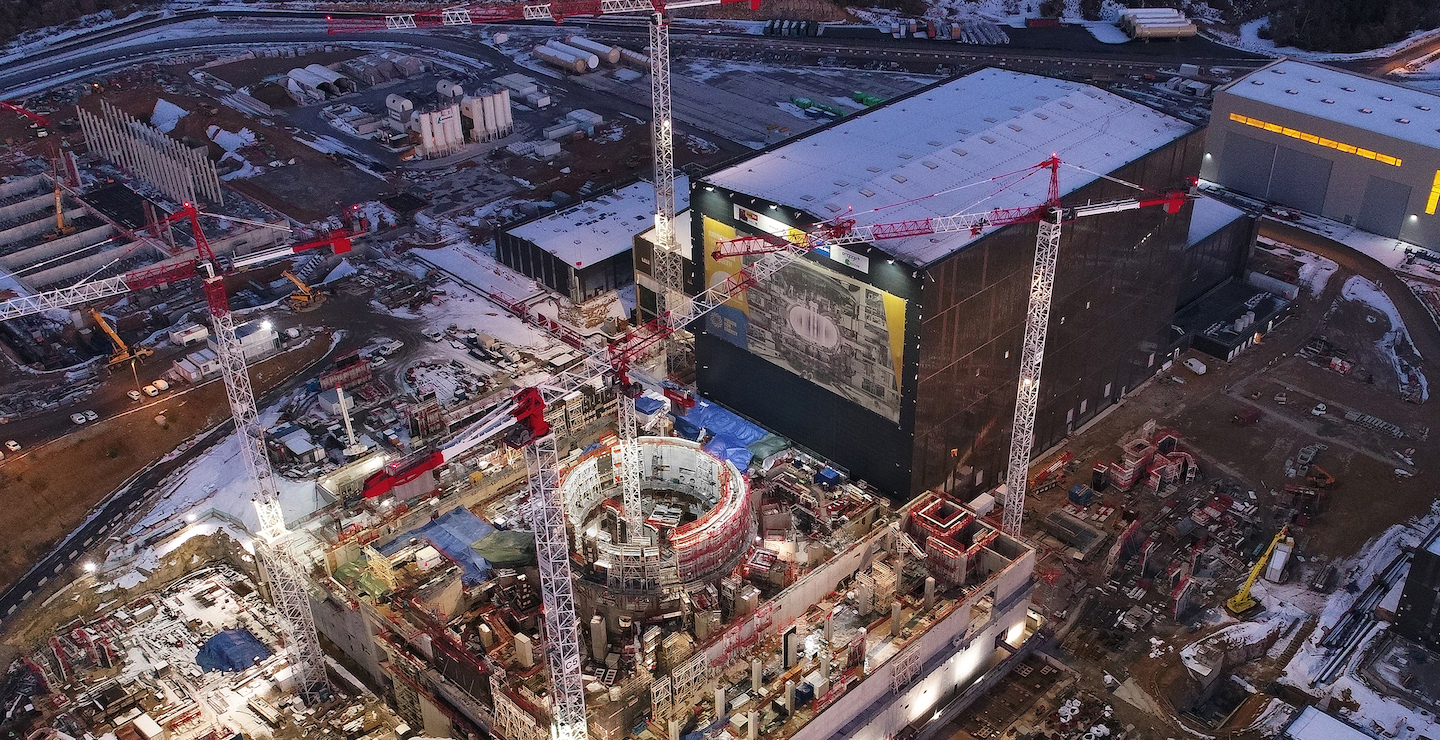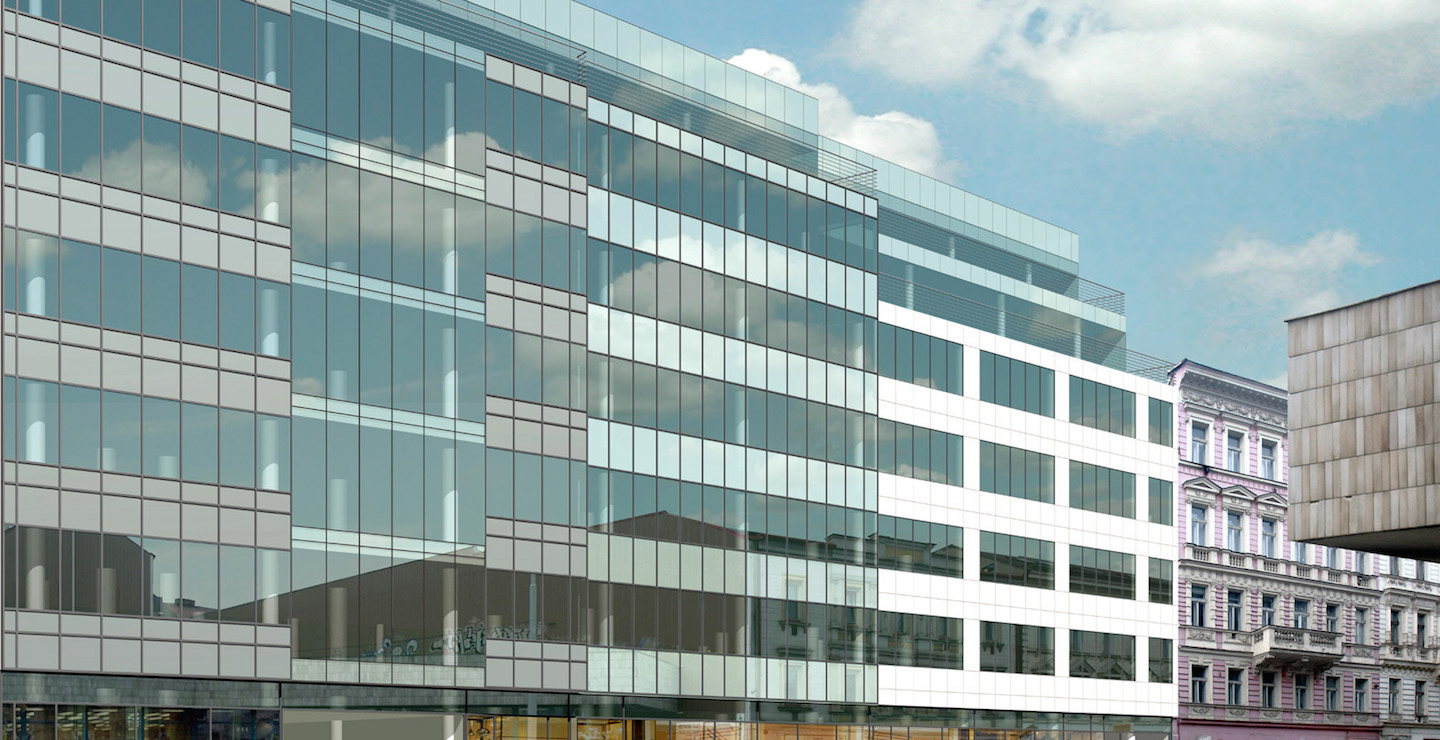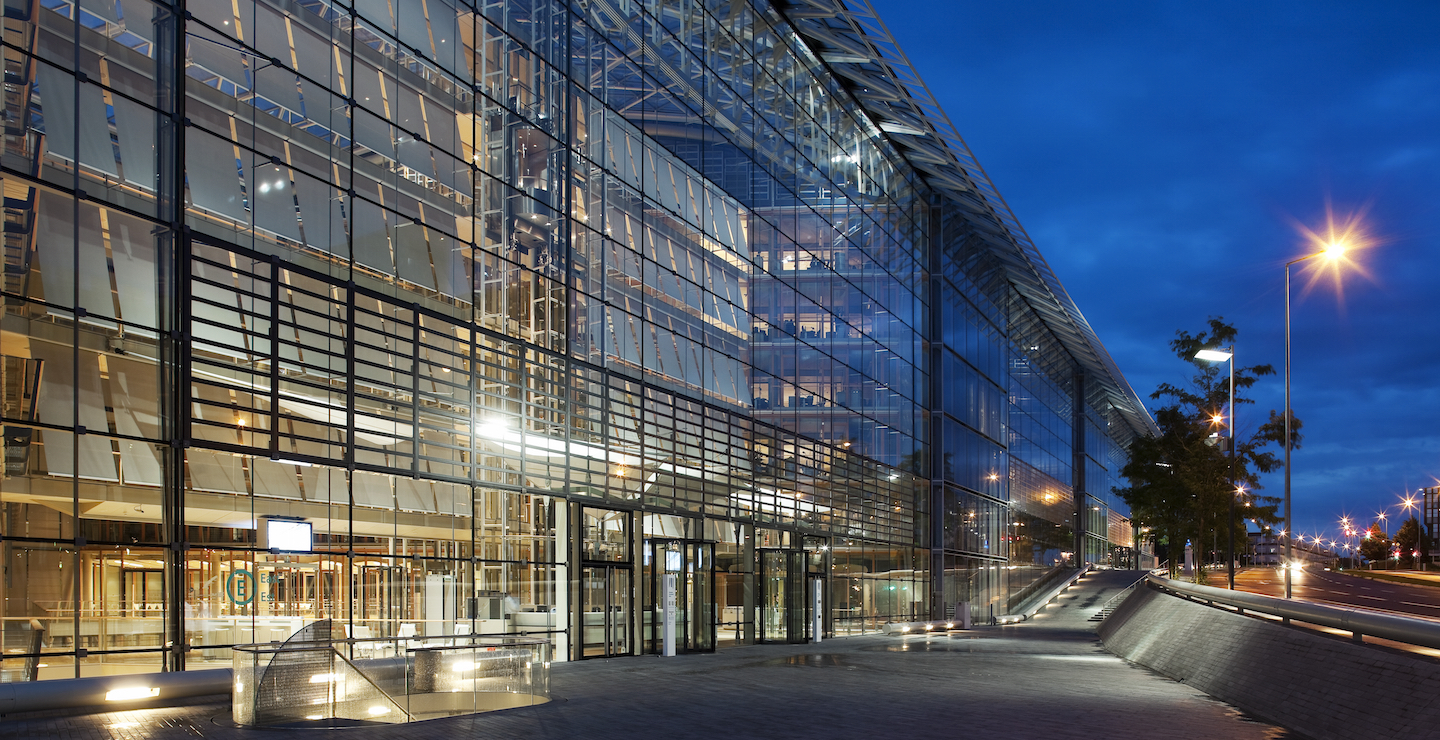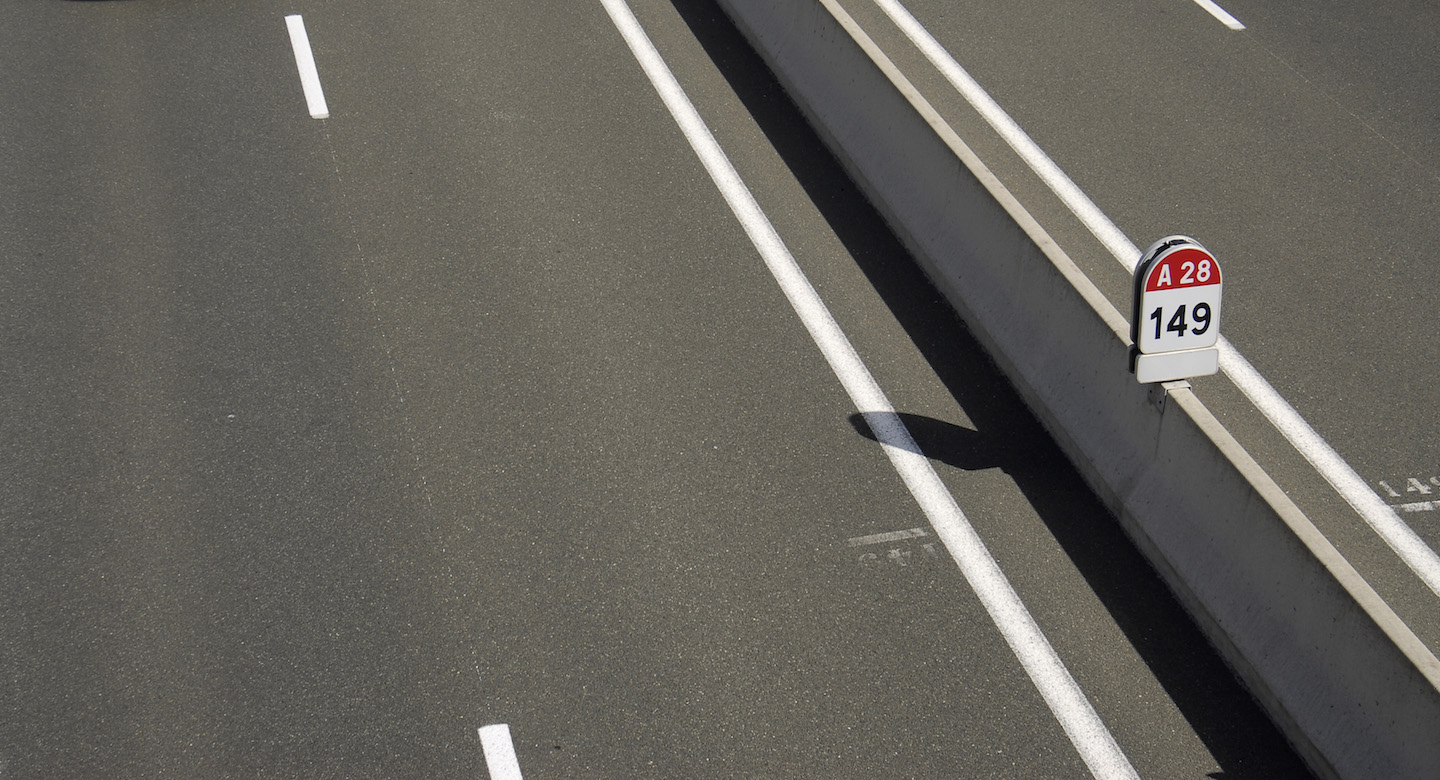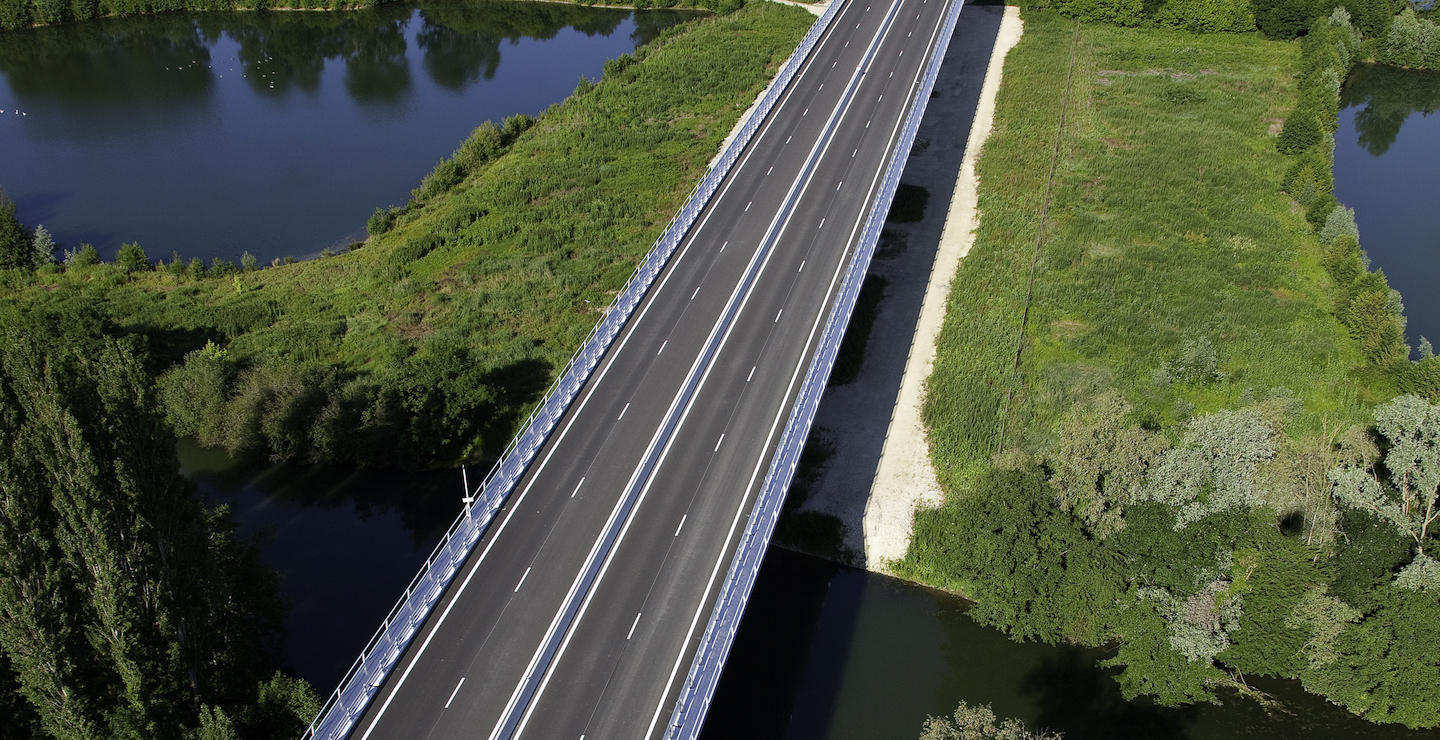The International Thermonuclear Experimental Reactor (ITER) project, located in Cadarache, north of Aix-en-Provence in France, is designed to demonstrate the scientific and technical feasibility of fusion energy (the creation of energy by fusing two atoms).
The main building will house the world’s largest Tokamak reactor, a cylinder 28 metres in diameter and 29 metres high, weighing no less than 23,000 tonnes. Along with two adjoining ancillary buildings, the complex as a whole will be a reinforced concrete structure measuring 120 metres long, 80 metres wide, and 80 metres high. Other structures include an assembly building, a two-storey building, and various industrial buildings. The project also calls for large-scale nuclear doors (measuring 4 metres by 4 metres and weighing 40 tonnes) that are resistant to radiation and excessive pressure.
The Odeon marks the return of tower construction in the Principality of Monaco. The two-tower high-rise is designed to accommodate retail, business, and residential space. It features two wings, with 44 and 49 floors respectively, resting on a shared foundation slab above 10 parking levels.
At 170 metres, it is currently the tallest tower on the Rock of Monaco. The tower is famous for its high-end finishing touches and, at launch, was home to the world’s most expensive apartment, a 3,300-m² penthouse.
Palac Tesnov is a two-building complex consisting of 6 storeys connected by a walkway. It is located in the Karlin district in Prague and features 14,000 m² of office space as well as 4,000 m² of retail space. This project was yet another opportunity for VINCI Construction Grands Projets to work with the city of Prague, where the Company had already built, in proximity to Palac Tesnov, the Hilton Hotel and the Florenc building.
In fact, this project is part of an ongoing relationship with Prague: it is the Company’s seventh achievement in the Czech capital in only fifteen years.
North of the Charles Bridge on the banks of the Vltava River, facing the castle, stands Prague’s Four Seasons Hotel. This five-star establishment is ideally located in the heart of the old city and consists of 3 buildings from the 16th, 17th, and 19th centuries that are listed as UNESCO World Heritage sites.
In addition, 2 new buildings have been harmoniously integrated into this historical architectural setting, thereby providing a touch of modernity to it.
In 2002, the European Investment Bank (EIB) launched a worldwide competition for the construction of its new building. Following a European call for tenders, VINCI Construction Grands Projets was awarded the construction contract in March 2005. A modern and innovative design was selected for this new building.
The structure is enclosed in a see-through cylindrical glass casing consisting of 9 storeys of office space, 2 levels of underground parking, 3 heated atria, and 3 winter gardens with natural ventilation covering a total area of 72,000 m². The structure features future-proof design in that it reduces energy consumption and CO2 emissions into the atmosphere.
The A86 west tunnel, which connects Rueil-Malmaison and Jouy-en-Josas, south of Versailles, achieves a key objective for the Île-de-France region dating from the 1970s: to complete the A86 ring road around Paris. This is an innovative, 10-kilometre tunnel consisting of two superimposed traffic levels (one in each direction) reserved for light-weight vehicles. It is connected in the north to A86 at Rueil-Malmaison and to the south to RN 286 at Jouy-en-Josas. An intermediate interchange connects the motorway to the A13 at Vaucresson-Le-Chesnay. Thanks to this tunnel, Rueil-Malmaison is a mere 10 minutes from Jouy-en-Josas, instead of the 45 minutes required using other routes. From the choice of colours to lighting, the air-renewal system to road signs, everything has been taken into consideration to provide motorists with a safe and pleasant drive.
This initial 43-kilometre motorway segment is the first part of a major, 650-kilometre motorway project for the M11, which will connect Moscow and Saint Petersburg. This motorway is designed to reduce travel time considerably by relieving M10, one of Russia’s busiest highways. This initial segment is 43 kilometres long, from the MKAD, Moscow’s outermost ring road, to outlying areas, including the cities of Khimki, Dolgoprudny, Skhodnia, and Zelenograd. It consists of a dual 5-lane carriageway for the first 15 kilometres, then transitions to a dual 4-lane configuration for the next 8 kilometres, and, finally, a dual 2-lane configuration for the last 20 kilometres. The segment features 39 wide-ranging engineering structures, including one major, 330-metre bridge, five multi-level interchanges, seven toll stations, four rest stops, and two maintenance and operations centres.
This highway, located 400 kilometres south of Santiago in Chile (the highway starts at the 413th kilometre), is 165 kilometres long, extending from Chillán to Collipulli. This project marks a new stage in VINCI Construction Grands Projets’ expansion in Latin America.
The VINCI Group was the first French company to enter the highway-concession market in Chile. In all, 36 months were needed to build this highway that includes a dual 2-lane carriageway over a 30-kilometre stretch that runs parallel to the Pan-American “Ruta 5 Sur.” The highway, which is an earthquake zone, includes 29 interchanges, 36 bridges, 15 footbridges, and 600 drainage and irrigation structures.
VINCI Construction Grands Projet was approached by Cofiroute (VINCI subsidiary) to construct the Ecommoy-Tours segment of the A28 to complete the Alençon-Le Mans-Tours motorway. This 57.5 km stretch of the A28 motorway is a key link in the Calais-Rouen-Bordeaux-Bayonne corridor, offering an alternative for traffic between northern Europe and the Iberian Peninsula to bypass the Paris region. The project includes sections that link up the A10 with the A28 Alençon-Le Mans-Tours: Ecommoy-Montabon, (15.2 km), Montabon-RN 138 (12.8 km) and RN 138-Tours (29.3 km).
Declared a public utility in 1998, the A19 was categorised as an important project by the Comité interministériel d’aménagement du territoire (CIADT Interdepartmental Planning and Territorial Development Committee). The construction of this motorway was a priority. The section linking Artenay and Courtenay today allows transit traffic to bypass Greater Paris and provides an east-west crossing route. This motorway involved 11 million cubic metres of excavation along 101 km with no less than 102 artworks, 70,000 m3 of concrete, 7,500 tonnes of passive reinforcement, 4,000 tonnes of metal framework and 1.2 million tonnes of bitumen. Arcour, a subsidiary of VINCI Concessions, took charge of operating the concession (for a period of 65 years).
